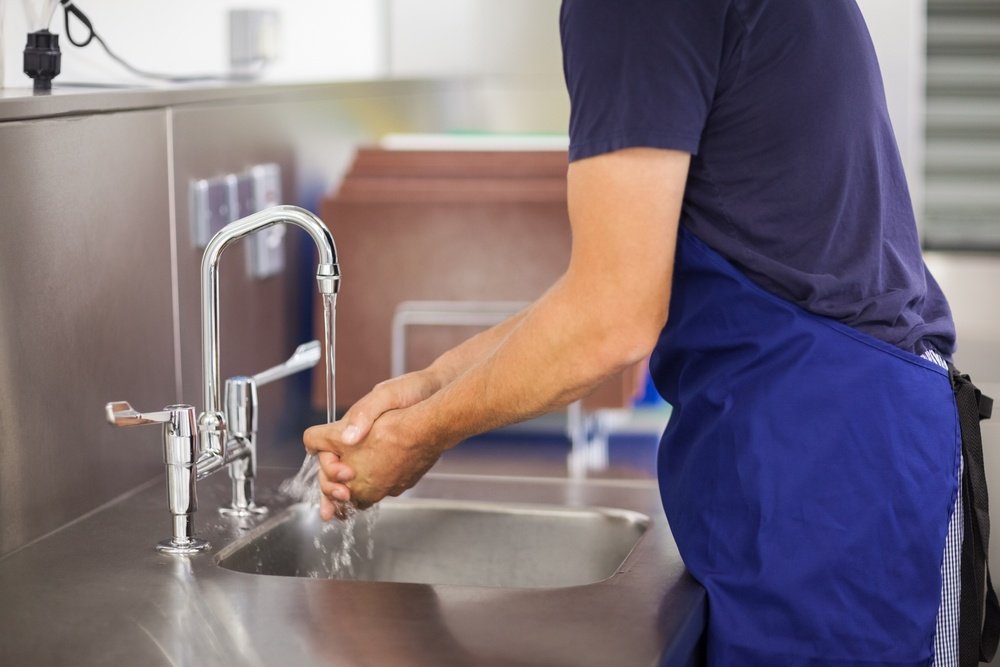
4 Dangers To Food Safety And How To Prevent Them
The Centers for Disease Control and Prevention reports that 48 million Americans are sickened by food-borne pathogens every year, with 128,000 ending up hospitalized and 3,000 eventually dying from their food-borne infection. It’s a tragic situation made even more so by the fact that many food-borne illnesses, unlike most other killer diseases, are easily preventable by simple measures such as hand washing. No wonder many restaurants in many states now require food safety training not just for food managers but everyone who encounters food.
Food safety training, such as the food handler training, is essential to food-service establishments because it provides a strong base of knowledge to protect the public from foodborne illness and the establishment from potential liability.
Properly trained food service workers can significantly mitigate the following dangers to food safety: cross-contamination, improper cooling time and temperature, lack of hygiene, and of course inadequate cleaning and sanitizing.
Cross-contamination. When pathogens from one food item are inadvertently transferred to another, that’s cross-contamination. This usually happens when raw meat is stored with ready-to-eat food (bread, for instance) inside a refrigerator and the two come into contact with each other. Food safety protocol dictates never to store both at close quarters because the latter won’t be cooked anymore; whatever microbes are transferred to it will go straight to the diner’s plate.
Cooling time and temperature. Because pathogens proliferate above 41 degrees Fahrenheit and below 135 degrees Fahrenheit, food safety practices dictate that stored foods stay well out of this temperature range. The longer they are in this danger zone the greater the chances bacteria will grow and spread.
Improper hygiene. Hand washing is one of the pillars of food safety. Food-handlers need to wash their hands with soap and water before they touch any food item and each time they’ve come into contact with raw food, especially raw meat, the latter being a primary carrier for common food-borne pathogens such as E. coli, Salmonella, and Listeria. Proper hygiene doesn’t end with hand washing though. Foodservice personnel must also wear clean clothes and slip-resistant shoes all the time. Fingernails should be short and clean and hair pulled back and in a cap or hair net.
Cleaning and sanitizing. Cleaning involves washing away grime and germs while sanitizing involves killing the germs with a food-friendly chemical agent. Floors, walls, and other non-food-contact surfaces need only be cleaned (without sanitizing) daily. In contrast, food-contact surfaces such as cutting boards, pots, and pans should be cleaned then sanitized before and after use. Other food-contact surfaces such as eating utensils and plates should also be cleaned before and after use, but sanitizing is recommended only after each use. Countertops and tables should be cleaned and sanitized before and after use.
Source: This article originally appeared on https://www.learn2serve.com/blog/4-dangers-to-food-safety-and-how-to-prevent-them/ and posted by Michelle Roebuck.
